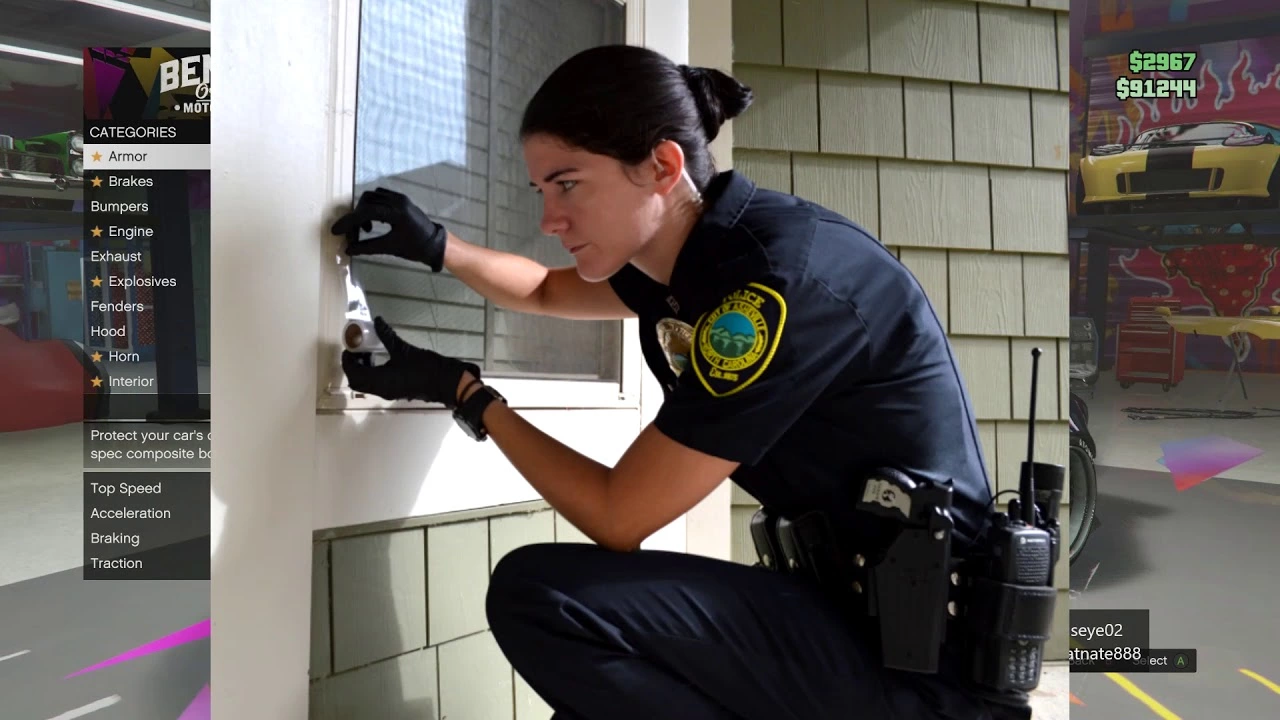Hit-and-Run Cases: What You Need to Know
If you’ve ever been in a traffic accident where the other driver vanished, you’ve experienced a hit‑and‑run. It’s one of the most frustrating things on the road because you’re left dealing with damage, injuries, and a mystery driver. In India, hit‑and‑run offenses are taken seriously, but the process of dealing with them can feel confusing. This guide breaks down the basics, the legal side, and what you should do if you ever find yourself in that situation.
Legal Consequences of a Hit‑and‑Run
Under the Indian Motor Vehicles Act, running away after causing an accident is a punishable offense. The law distinguishes between two scenarios: a minor accident with only property damage and a serious accident involving injuries or death. In the first case, the driver can face a fine and up to three months in jail. If someone is hurt or killed, the penalty jumps to a fine of up to ₹50,000 and imprisonment for up to three years, which can increase if the driver is found to be under the influence.
Police can also seize the vehicle if the driver is caught later, and the courts may order compensation to the victims. Many hit‑and‑run cases end up in court because the victim files a complaint, but without solid evidence, it can be hard to prove who fled. That’s why collecting as much information at the scene is crucial.
How to Report a Hit‑and‑Run
1. Stay calm and check for injuries. Your health comes first. If anyone is hurt, call an ambulance right away.
2. Call the police. Dial 112 and give a clear description of the vehicle: color, make, model, license plate (if you saw it), and any distinctive marks. Mention the exact location, time, and direction the driver went.
3. Gather evidence. If you can, take photos of the damage, the surrounding area, and any skid marks. Look for witnesses and ask for their contact details. Even a short video from your phone can help later.
4. File an FIR. The police will register a First Information Report (FIR). Ask for the FIR number and keep a copy; you’ll need it for insurance claims and any legal follow‑up.
5. Notify your insurer. Most policies require you to report accidents within 24 hours. Provide them with the FIR number and any evidence you collected.
6. Follow up. Stay in touch with the police case officer. If you received any new leads—like a dash‑cam video from a nearby driver—share it as soon as possible.
Besides the legal steps, there are practical things you can do to protect yourself after a hit‑and‑run. Keep your vehicle’s insurance up to date and consider a comprehensive plan that covers uninsured drivers. Many insurers offer add‑on coverage specifically for hit‑and‑run situations.
Road safety habits also lower your chances of becoming a victim. Drive at a safe speed, especially in busy areas, and always wear your seatbelt. If you’re a pedestrian, stay alert at crossings and avoid using headphones that block out traffic sounds.
Finally, remember that hit‑and‑run cases are more than a legal hassle—they affect real people. If you ever witness a driver fleeing, reporting it can help bring accountability and maybe prevent future incidents. Your quick action could make a big difference for the injured party and for keeping the roads safer for everyone.

How often are hit-and-run cases solved?
Alright folks, buckle up because we're diving into the wild world of hit-and-run cases! Now, you'd think with all our fancy tech these cases would be solved quicker than a cheetah on a treadmill, but it's not always that speedy. On average, it seems only about half of hit-and-run incidents find resolution. That's right, it's like flipping a coin, heads they catch the bad guy, tails they're still on the lam. So, next time you see a crime drama solving a hit-and-run in a single episode, remember, it's not always that easy-peasy-lemon-squeezy!